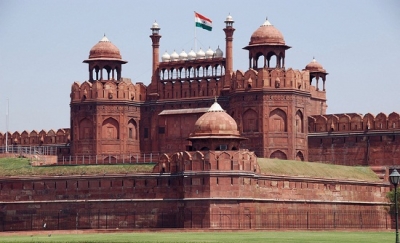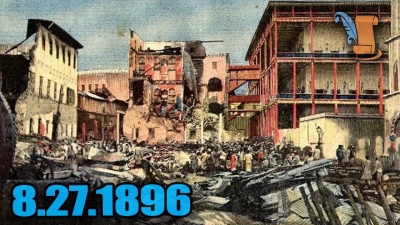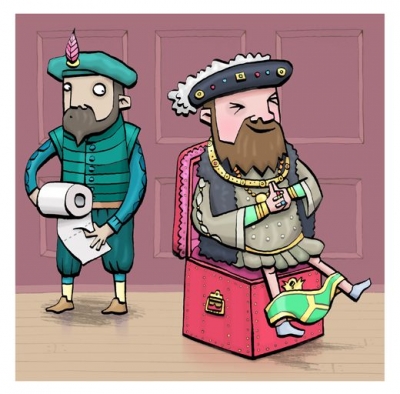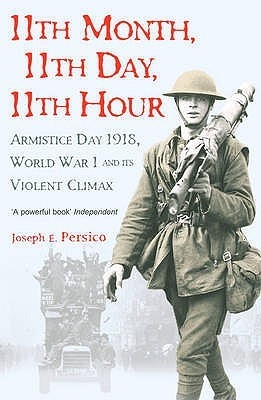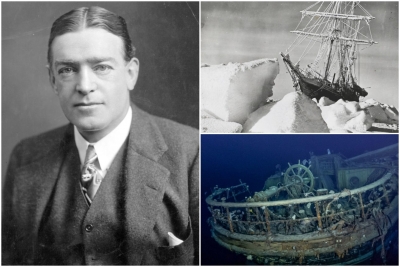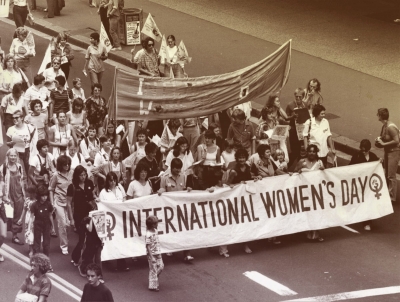
March 8 is celebrated as International Women's Day. Did you know that the origin of this historic day is one of the most powerful stories on women's tenacity?
We live in the 21st Century. But get ready for some time-travel since we will be going to the previous century and even beyond. Today, when elections are held, women queuing up at polling booths is a common sight. But this wasn't the norm always. Till the 19th Century, the world over, women were not allowed to vote. (In fact, in several parts of the world. for centuries, women were barred even from studying or taking up certain kinds of professions.) Before that, a handful of regions allowed women to vote, under very specific conditions. Even among those few regions, some of them snatched back that right from women over the years. Gradually though, after the 1850s, things began to change, and women's suffrage was becoming a reality.
What is women's suffrage?
Suffrage is the right to vote in elections, and so, women's suffrage refers to women having that right. In a landmark move in 1893, New Zealand became the first self-governing country globally where women had the right to vote in parliamentary elections. And that came about only after years of effort from women. By the beginning of the 20th Century, Australia followed suit. Even during World War I, the likes of Britain and the U.S. still did not have women's suffrage. Women decided it won't do, and being who they are, aware, strong, and resilient - they refused to cow down to the intimidation they faced for demanding voting rights.
Standing together
During the beginning of the 20th - Century, women decide they've had enough of not just the lack of voting rights but also of the general unfair treatment meted out to them. In 1908, thousands of women in the U.S. march "through New York City demanding shorter hours, better pay and voting rights". The following year, the National Woman's Day in the U.S. is celebrated on February 28 (and on the last Sunday of February for the next few years). Clearly, the suppression of women is confined to not just one region, and so the fight for equality slowly finds resonance in places far and wide, sparking women's marches over the next few years. In 1910, during the second International Conference of Working Women in Copenhagen, German feminist Clara Zetkin proposes each year that all the countries earmark the same day - a Women's Day - for women to press for their demands. The conference, with over 100 women from 17 countries and various walks of life, offers its unanimous approval for the suggestion, and the International Women's Day is born. Over the next few decades, among other rights, women win the right to vote and contest in elections in most parts of the world.
Why March 8?
During the course of World War I (from 1914 to 1918), thousands of women in Russia gather to underscore the need for global compassion and peace, and to condemn the mindless deaths of millions of soldiers in the ongoing war. On February 23 (the last Sunday of the month), 1917, Russian women start a massive strike over the death of soldiers, and in four days, bring the Czar (Russian ruler) down while winning the right to vote. The date was February 23 on the Julian calendar used by Russia. On the Gregorian calendar, more commonly followed everywhere else, that historic day was March 8!
Today
While the International Women's Day certainly turned the spotlight on several issues women face globally, the fight against inequality and suppression continues to this day. Though many of the advertisements and events during the run up to the day will have you believe that it is all about just celebrating women for a day, in reality the day is a recurring reminder of women's collective strength, courage, achievements, and power. It is also an implicit reminder that there will be no need for this fight or struggle if we create an equitable society.
Kolam
Created every morning (and sometimes evening too) by women for many centuries now, this threshold ritual takes shape to wish for the household's wealth and prosperity. But it is more than just that. Traditionally, the kolams have been created with dry rice powder or wet rice flour. Intricate patterns emerge, as if magically, through a sequence of lines and dots with rice powder flowing down gently between the fingers. For a dash of colour, wet red soil is used as border. Rice powder is used since it feeds the many insects and birds that cross the threshold. There are other styles of wall and floor art-such as rangoli, aripana, mandana, etc- created by women in different regions. But there are hardly any like the kolams that disappear every day only to be born again the next morning. Though the kolam patterns and the powders used are changing today, neither its creativity nor complexity is. Which explains its versatility, since you can find them on everything from bags to cushion covers!
Mandana
This is a floor and wall art tradition nurtured by generations of women in west and central India. But nowhere does the splendour of this art form come alive as gloriously as in the villages of the Meena tribe in Rajasthan. Mandana art is created during special events and festivals, especially Deepavali. Through simple shapes and dots, wall and floors are covered in animal and plant motifs and decorative designs. The preparation of the surface is as elaborate as the patterns themselves since they are cured using clay and cow dung. The designs themselves are coaxed out of bright white chalk and red clay that stand out dramatically against brown walls. Unlike kolams, mandana creations last longer. But they are just as imaginative, complex and compelling. Mandana art also forges a deep connection among the women in the community since they all work together work on their creations, especially the larger ones.
Picture Credit : Google
